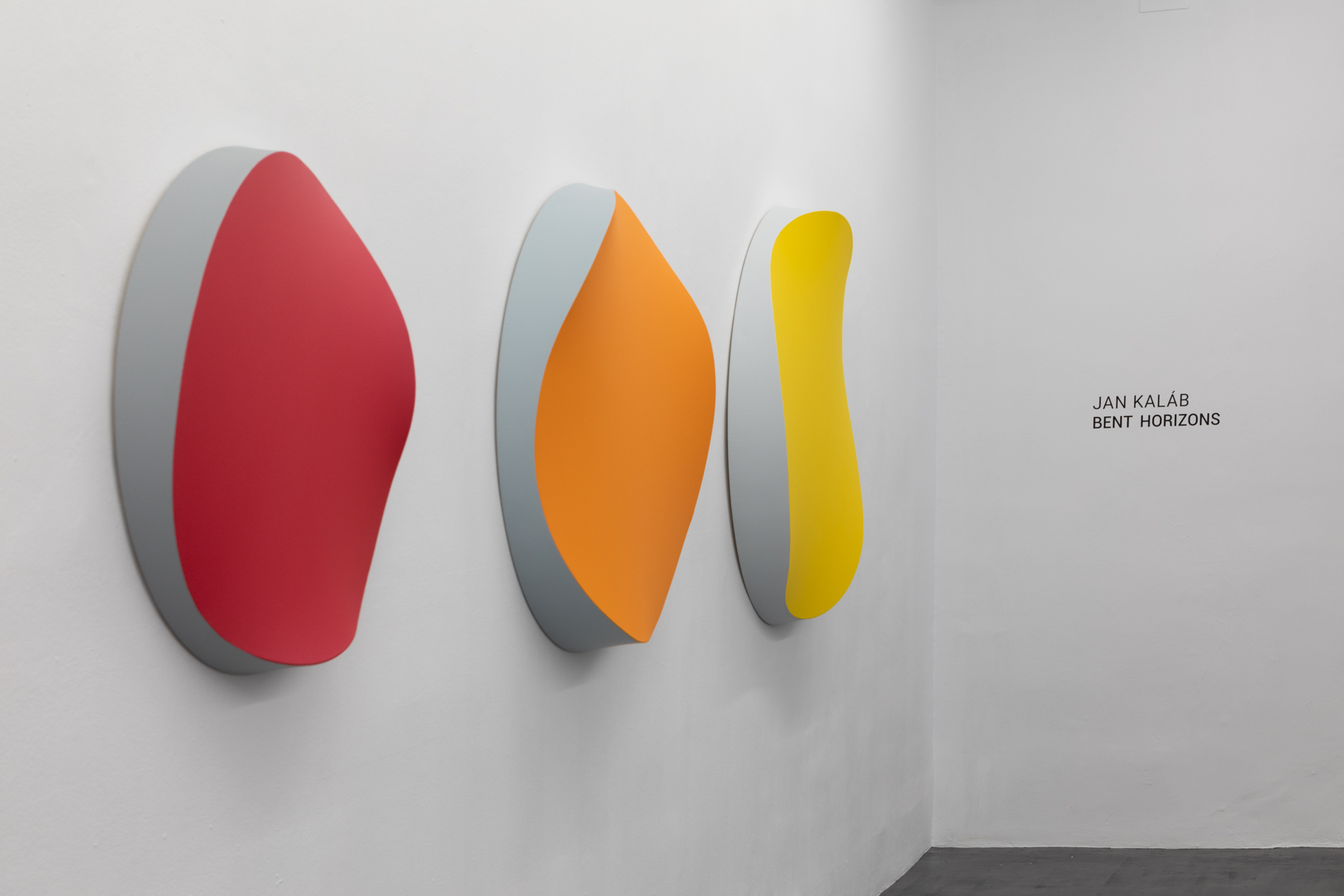Diagram of Forces by Ricardo Forriols
A little over a century ago, the biologist and mathematician D’Arcy W. Thompson wrote that “the shape of an object is a diagram of forces” (On Growth and Form, 1917), of internal and external forces acting on the object. itself modeling its shape, the nucleus that allows the thing—the animal said Thompson—to survive in the outside world, “because it is formed both from without and from within.” It seems to me that it is a good viewpoint to get closer to the paintings of the Czech Jan Kaláb (1978) and, especially, to some of his most recent works that he is showing for the first time in Valencia.


1 / 4
Kaláb, trained at the Academy of Fine Arts in Prague, was the founder of the DSK Crew in the 1990s, when graffiti began to break into the streets and trains of the newly created Czech Republic, developing a classic career as a writer under the He signs “Cakes” and later, and during a stay in New York, he incorporates the three-dimensional into his urban painting by sculpting huge abstract letters that he installs on the walls —at that stage he will sign as “Point”—. Since 2007, he has been combining interventions and murals with painting on canvas, insisting on geometric forms influenced by his compatriot František Kupka, a pioneer of abstraction, ranging from the layering of overlapping planes and straight lines to the most subtle and dynamic curves. , orphic, with which he emphasizes an amorphous and brilliant echo as of drops of an iridescent liquid.
This work with the form can be simple and obsessive in its variations, but in Kaláb it is always very elegant and fine, insisting on the play between chromatic depth, the time for contemplation and the movement of the complicit gaze of the viewer that must travel from different points of view each piece, allowing himself to be dragged between the layers to immerse himself inside its fields of color.
The circle (or the circular shape) is perhaps the most complex shape, the one that due to its organic character emphasizes both the inside and the outside, exemplifying that diagram of Thompson’s forces. His circular paintings, both in 2D and the pieces in 3D, are structured on a careful construction of shaped canvas supports that condition while “gathering” what is painted towards the edges, even on the edges, and which are sometimes gracefully articulated in sets of two or three pieces of different sizes.
The name of the colors used or terms such as gradient, jellyfish, emptiness, cloud, planet, eye… appear in the titles of his works and direct the sense of what is painted towards the natural, the liquid, assuming an optical dynamism that reinforces the choice of tones, their gradients and gradations, and the composition, the diagrammatic structure of these paintings built as non-Cartesian biomorphic forms —on their surface but also three-dimensionally— that seem to draw the evolutionary result of the internal and external forces that have modeled the same support and its plastic core.





 Back to overview
Back to overview